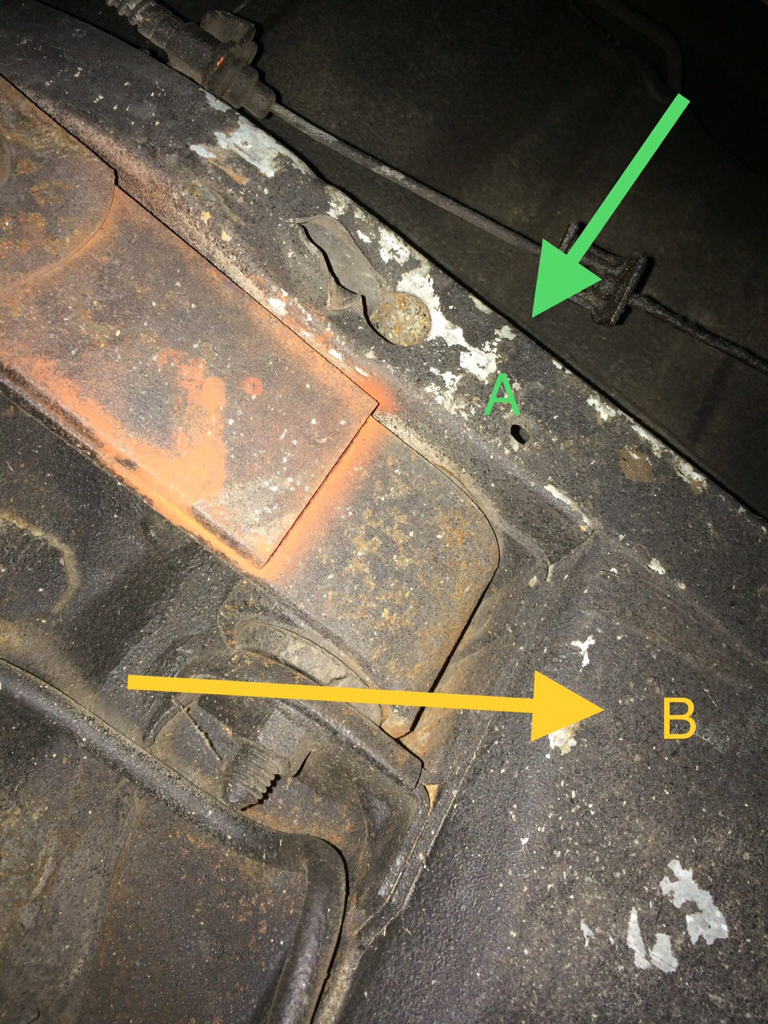- Joined
- Nov 7, 2013
- Messages
- 1,635
- Reaction score
- 378
- Location
- Amsterdam, The Netherlands
- My Car
- 1973 Mustang Grande 351C 2V, built on the very last production day (July 6, 1973) for Grande's.
Hey folks,
My fuel tank is the first part I wanna remove from my car starting a (probably) 100 years restoration ;-)
How do I do this without causing a fire or blowing myself up? I'm scared about doing this up to the point where I think about causing sparks by wearing woolen clothes when it's really cold outside. Also I don't have a garden or yard where I can leave the tank. It's probably going to have to remain indoors. What's a good way to prevent a garage filled with fuel fumes?
Any tips or pointers are very welcome!
Thanks,
Vincent.
My fuel tank is the first part I wanna remove from my car starting a (probably) 100 years restoration ;-)
How do I do this without causing a fire or blowing myself up? I'm scared about doing this up to the point where I think about causing sparks by wearing woolen clothes when it's really cold outside. Also I don't have a garden or yard where I can leave the tank. It's probably going to have to remain indoors. What's a good way to prevent a garage filled with fuel fumes?
Any tips or pointers are very welcome!
Thanks,
Vincent.






















































